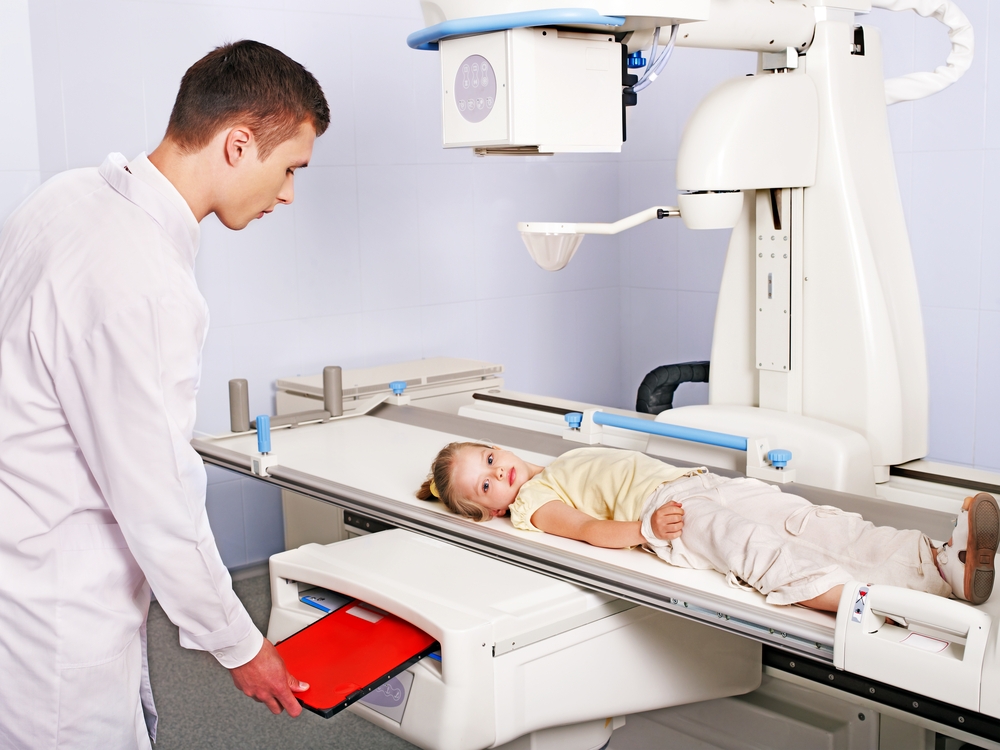Many parents are understandably concerned about imaging for their child. But there are steps you can take to minimise the associated risks.
Check if the imaging practice is tailored to kids
Ask the imaging specialist, technologist (radiographer) or other health professional at the imaging practice how they will minimise your child’s risk from radiation exposure or other possible harms from the imaging test.
Many imaging practices have protocols and scanners that reduce or ‘child-size’ radiation doses. Some practices may, however, be more tailored to adults or may not use modern scanners or imaging techniques, so check if you’re unsure.
It’s also a good idea to check that the practice has staff trained in all aspects of imaging (including sedation or anaesthesia) and in imaging children.
Ask about radiation shielding
Ideally, plain X-ray and CT scans should be limited to the area being examined. Protecting other parts of the body that may get exposed is important, especially those that are very susceptible to harm from radiation, such as the testes, ovaries and thyroid gland.
Your child should be covered as much as possible, but sometimes a shield can interfere with the image and won’t always be used. Don’t hesitate to ask about a shield if you’re unsure or concerned about your child’s exposure.
Ensure you are also given protective clothing (such as a gown or apron) if you are with your child during the procedure, and let imaging staff know if you are or may be pregnant.
Help your child relax
Imaging can be stressful for children and they may have trouble keeping still. This is important because movement can blur or disrupt images, especially with MRI. Your child may also need more than one imaging test, for example, when imaging different sides of a body part.
Helping your child stay calm and still may reduce the need for sedation or anaesthesia or for a repeat test in order to get a clearer image. Distraction using toys, books, music, or movies may be helpful during some imaging procedures where these can be used.
Training scanners may be used for some children to help them prepare for procedures such as MRI. You can also arrange imaging at a time when your child is likely to be most relaxed or asleep, such as after feeding.
Children may become more stressed about imaging if they see you are anxious about it as well. In this situation, it may be best to have another parent or family member with the child during imaging.

